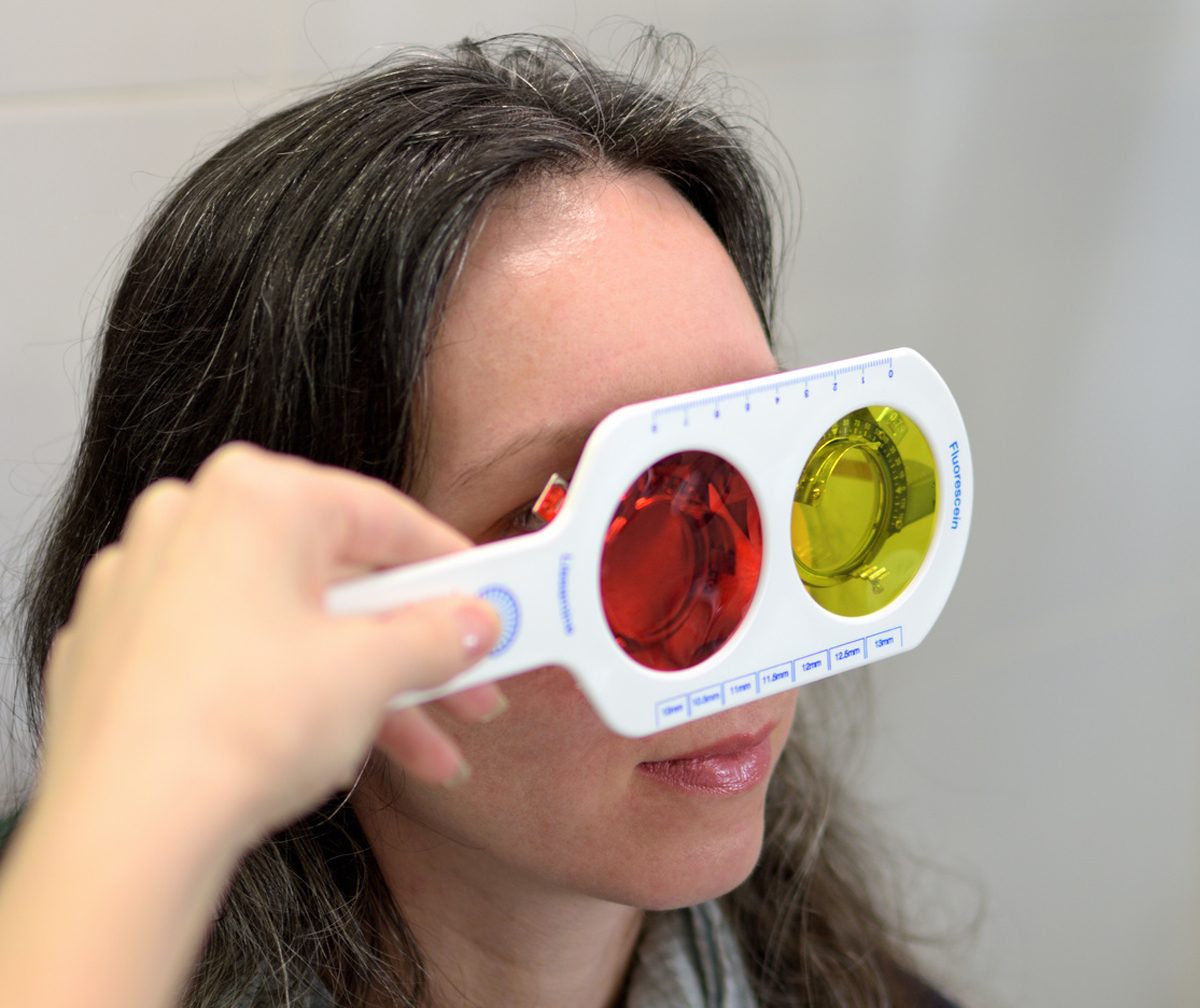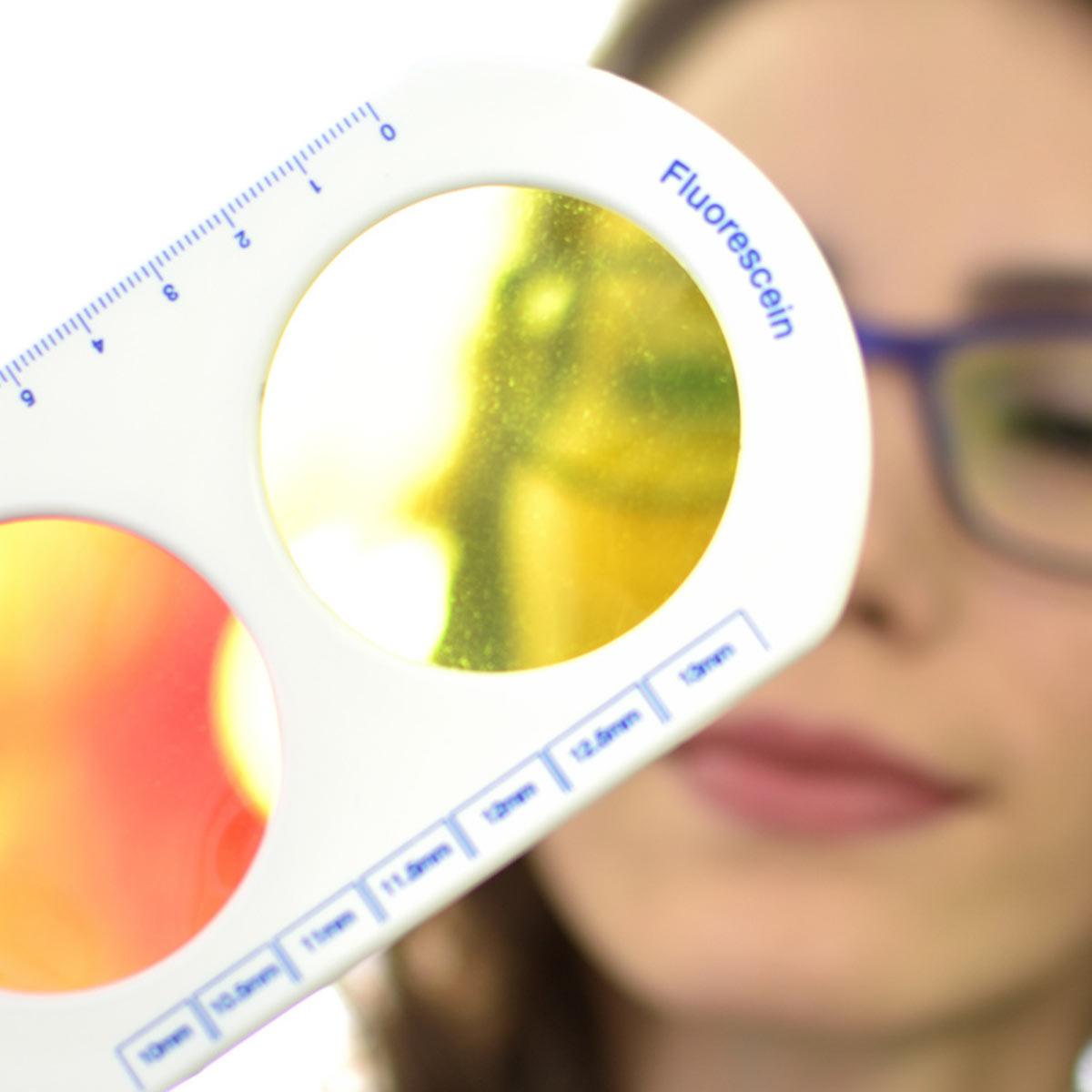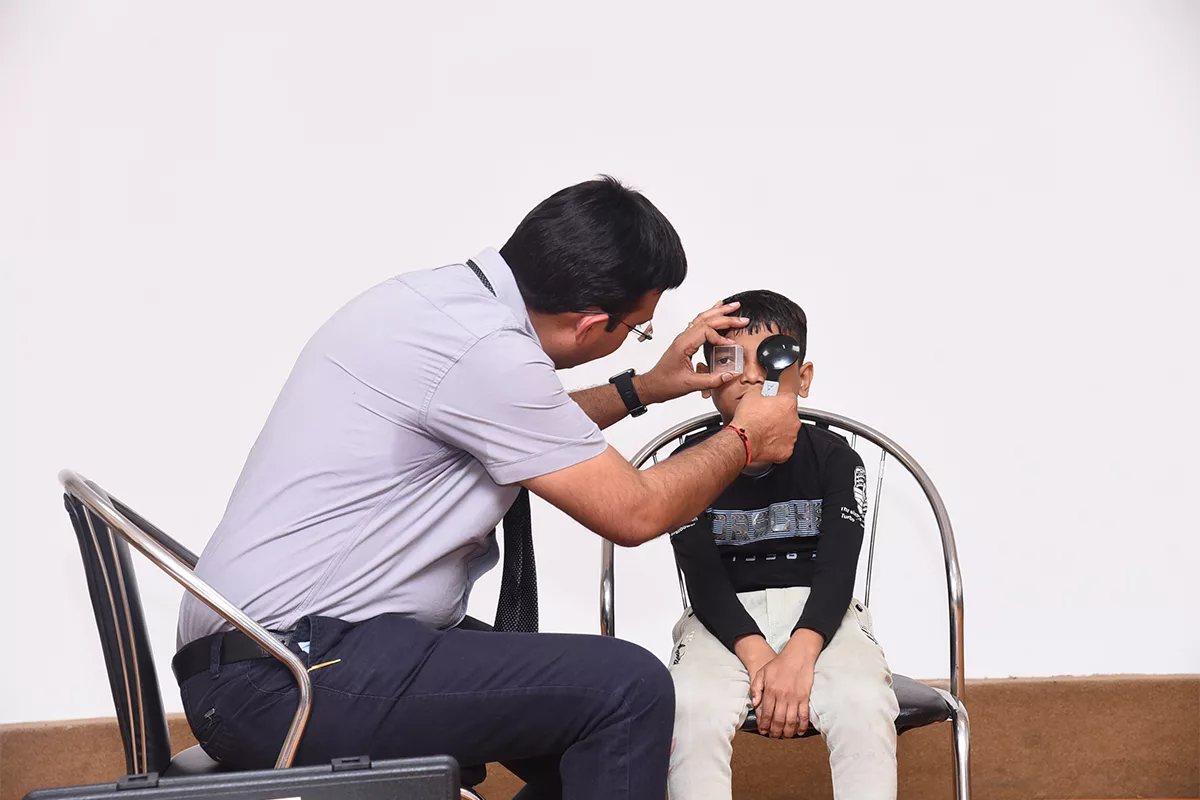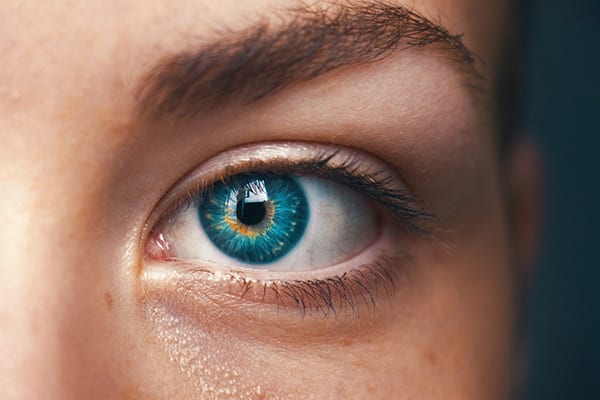Whether you are watching a movie, doing a project or have to pick out an awesome outfit for yourself, colours play a significant part in our everyday life. But up to 8% of men and 0.5% of women are unable to experience the magic of colours…
Most of us see our world in colour. We enjoy looking at the setting sun, the lush green lawn full of red roses, the colours of the rainbow. Everything is just so beautiful in colours, but the experience of this won’t be the same for you if you suffer from a vision deficiency called Colour Vision Deficiency or commonly known as Colour Blindness.
Biology
Colour blindness is hereditary, it is caused due to genetic mutations. A recessive gene is carried on the X chromosome. To be affected by these recessive genes all X chromosomes should be affected. Since men have one X and one Y chromosome, the deficiency is majorly seen in men and rarely in women. The ratios say 1 in every 12 men and 1 in every 200 women suffer from colour blindness.
Mechanism
The visible light that is seen by a human eye is a form of electromagnetic radiation. Human eyes have the ability to see light waves that range between 420 nanometers (Blue light) up to 680 nanometers (Red light).
The cells that are responsible for the colour vision are called ‘cone cells’, they are the light detecting cells that are situated at the back of the eye, in the retina. There are 3 types of cone cells namely S – that detects light of short wavelength, responsible for blue light; M – for medium wavelength, detecting green light and L for long wavelength that detects red light.
When the light enters the eye, the photoreceptors on the cone cell stimulate and send a message to the brain through the optic nerve. This combination of inputs from all the three photoreceptors allows us to see all the complex colours. But cones cannot identify colours independently. For example, if the M code receives 1000 protons it is unable to calculate if it is looking at blue in bright light or green in low light. But with the signals from the other two cones, the brain calculates the ratio between the cells and determines the colour.
Types
Trichromacy is when all the three cones are working perfectly.
Anomalous Trichromacy: The most common type of colour blindness is when one of the three cones is impaired, this condition is called Anomalous Trichromacy.
Dichromacy is when an entire cone is missing. It can be of three types.
Protanopia: Missing L cone
Deuteranopia: Missing M cone
Tritanopia: Missing S cone
Protanomaly is when the L cone is shifted towards the M cone. When incoming light is detected in this range, the difference between the two colours is small and the brain cannot determine the exact colour.
Deuteranomaly is very similar to Protanomaly, the only difference is, the M cone shifts towards the L cone. People with this condition have red-green colour blindness and struggle with green, yellow, orange, red and brown colours.
Monochromatic Colour Blindness is an extremely rare condition, it is when there is only one cone and the other cones are missing. As one cone cannot identify the colours without the other cones for reference, monochromats see everything in black and white
What Are The Symptoms?
One of the obvious symptoms of this condition is that the affected individual is likely to find it difficult to identify the different colours. However, in spite of the condition becoming increasingly common, in most cases it often goes unnoticed unless the affected individual is tested in a professional lab. In severe cases, the deficiency can affect sharpness of vision.
Diagnosing Colour Blindness
Detecting congenital colour blindness can be difficult in young children particularly as they may be unaware of the symptoms that they are experiencing. The best option is to teach children to identify colours starting at a young age.
Additionally, eye checkups with an optometrist will normally consist colour vision tests on routine basis and so deficiency can be detected easily. Other times, individuals may have to request specifically for the colour vision test. Also, if there is any discomfort detected in vision, a general practitioner can also examine for the symptoms of colour deficiency. When it comes to detection methods, there are various options.
Being Colour Blind
A colour blind person, even though not blind completely, can find difficulties in day-to-day life as against a person having a normal vision. Simple activities like choosing and preparing food, gardening, driving a car, shopping, etc. get affected due to the inability to differentiate between colours















